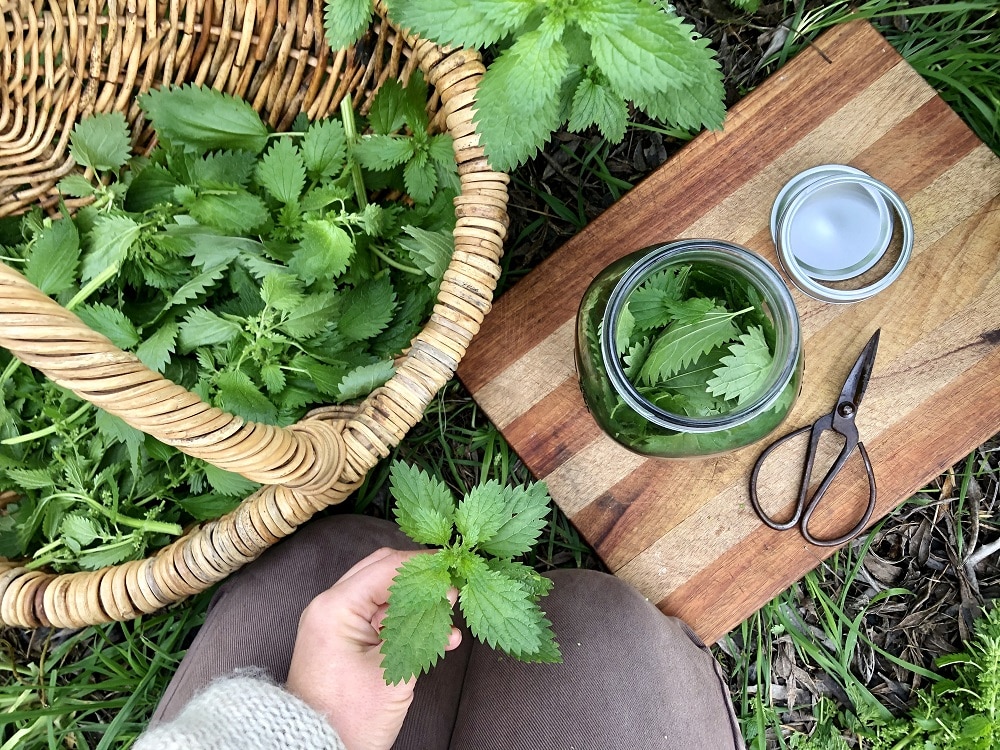Building a natural medicine cabinet brings wellness to your fingertips without relying on synthetic drugs. Learn how to make your own natural medicine cabinet using herbal remedies, essential oils, and immune-boosting ingredients. This guide shows how to stock it with simple, powerful, and safe options for home healing.

Why Create a Natural Medicine Cabinet?
A natural medicine cabinet helps you take control of your health with plant-based remedies. It saves time, money, and reduces chemical exposure. You treat minor ailments like headaches, colds, or cuts using home remedies. Building your own kit connects you to the power of natural healing while promoting sustainability and chemical-free living.
What to Include in a Natural Medicine Cabinet
Your cabinet needs a balance of herbs, tinctures, salves, and essential oils. Include:
- Chamomile tea for sleep and anxiety
- Echinacea tincture for colds
- Tea tree oil for skin infections
- Calendula salve for wounds
- Activated charcoal for detox
- Elderberry syrup for immunity
- Ginger for nausea
- Peppermint oil for headaches
Also, add measuring spoons, dropper bottles, sterile gauze, and labels. A natural first aid kit forms the core of your cabinet.
Best Herbs for Natural Healing
Keep dried or fresh medicinal herbs that work as the foundation for many DIY remedies. Essential ones include:
- Lavender: calms nerves and helps sleep
- Thyme: treats coughs and sore throats
- Yarrow: stops bleeding
- Turmeric: reduces inflammation
- Holy basil: combats stress
- Lemon balm: eases anxiety
Use them in teas, poultices, or herbal infusions. They support digestion, skin health, and overall balance.

Must-Have Essential Oils
Essential oils work fast and smell amazing. Always dilute them with a carrier oil like coconut oil or sweet almond oil. Use:
- Frankincense for inflammation
- Lavender oil for relaxation
- Eucalyptus oil for respiratory relief
- Clove oil for toothaches
- Lemon oil for cleaning and uplifting mood
These natural oils offer antimicrobial, antifungal, and anti-inflammatory properties. They’re essential in every chemical-free medicine cabinet.
Easy DIY Natural Remedies to Make at Home
Making DIY natural remedies lets you tailor ingredients to your needs. Try:
- Fire cider: spicy vinegar tonic for immunity
- Herbal steam: clear sinuses with thyme and eucalyptus
- Calendula balm: soothe rashes and wounds
- Honey garlic syrup: fight infections
- Ginger tea with lemon: reduce nausea
Label your jars and store them in a cool, dark place. With just a few ingredients, you create remedies for everyday use.
Safe Storage and Shelf Life Tips
Store your natural remedies in airtight glass containers. Keep them in a cool, dry cabinet away from direct sunlight. Label each item with the name and expiry date. Dried herbs last about 1 year, while tinctures and oils last 2–3 years. Use amber glass bottles to preserve potency. Keep a remedy journal to track what works best for your body.
Final Thoughts: Start Small, Stay Consistent
You don’t need a full apothecary overnight. Begin with 5–7 basics. Focus on immune support, stress relief, and first aid. Add remedies as your confidence grows. In time, your natural healing cabinet becomes a trusted resource. It empowers you to make mindful health choices and brings you closer to nature’s wisdom.
